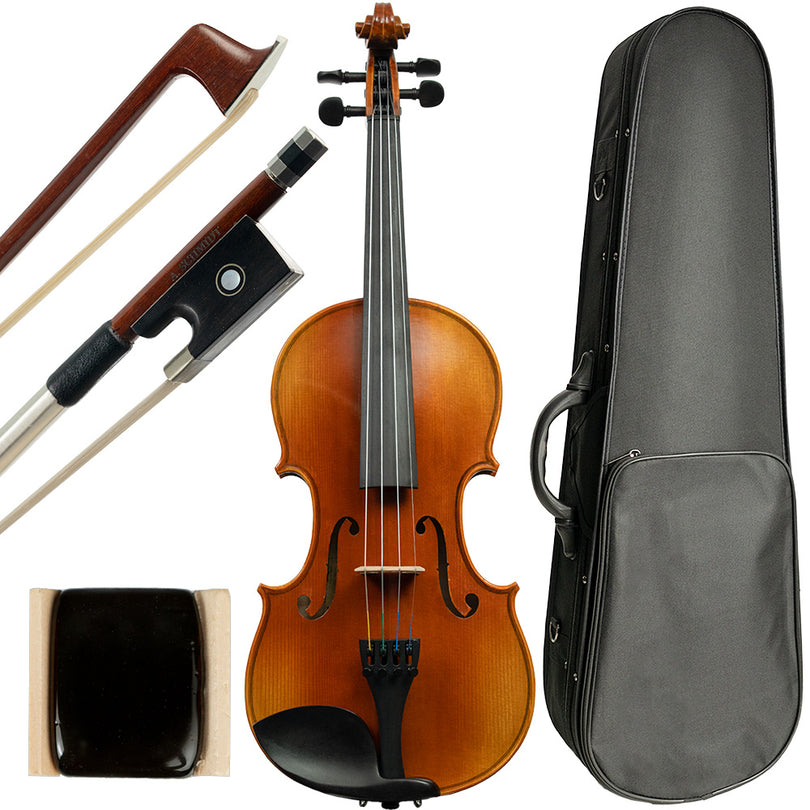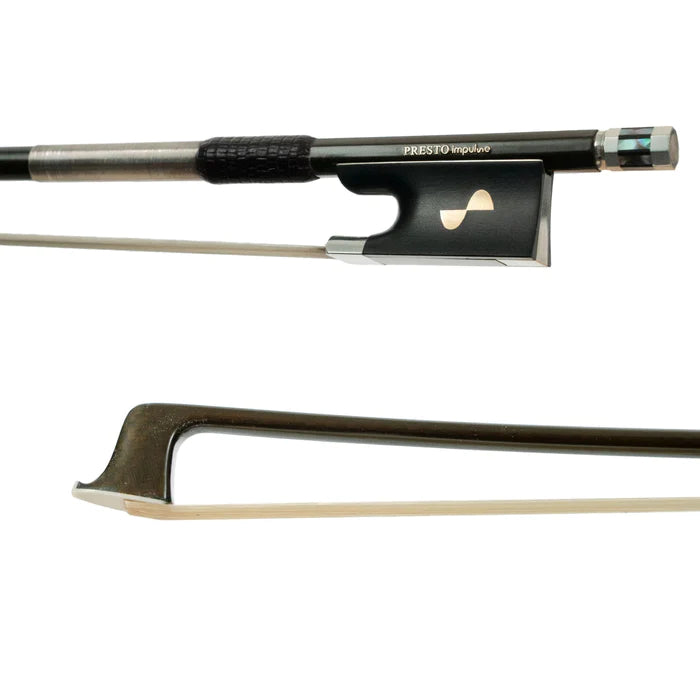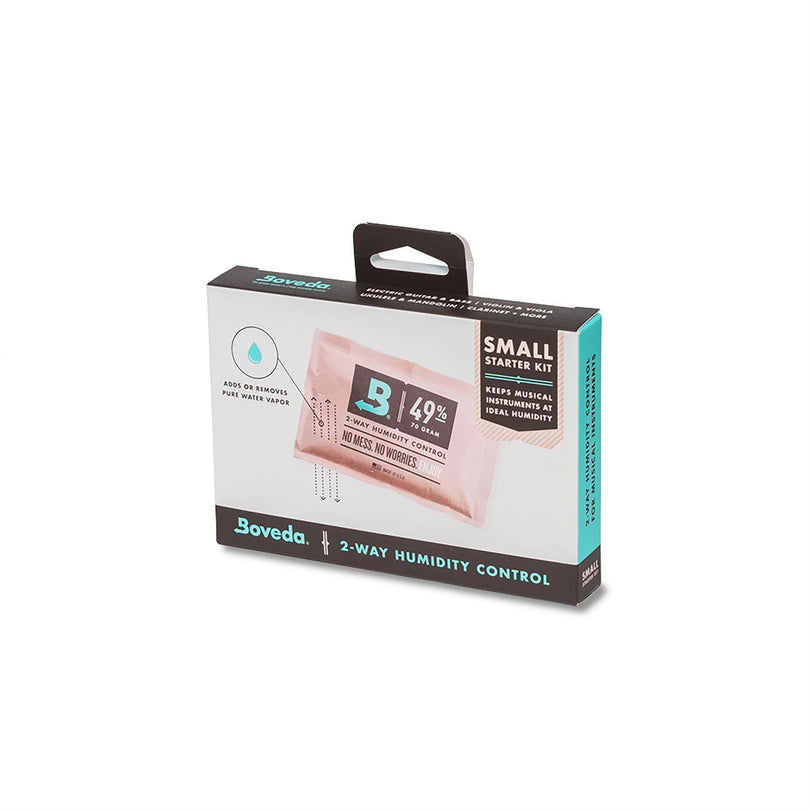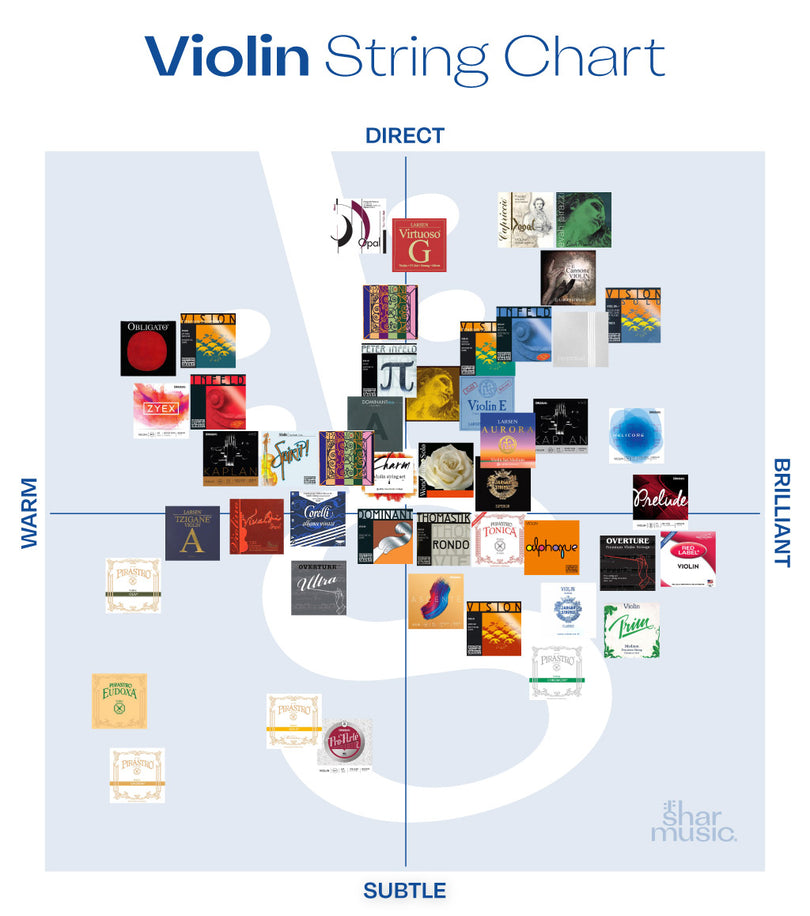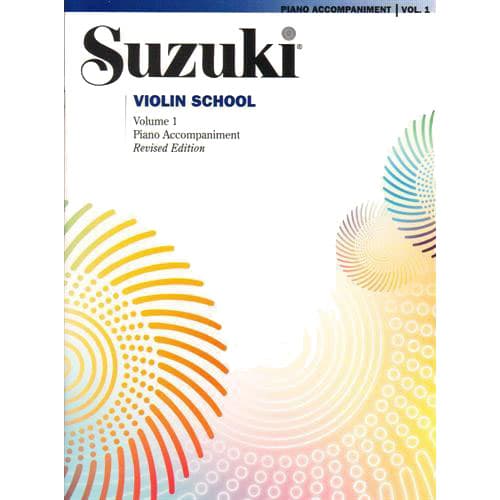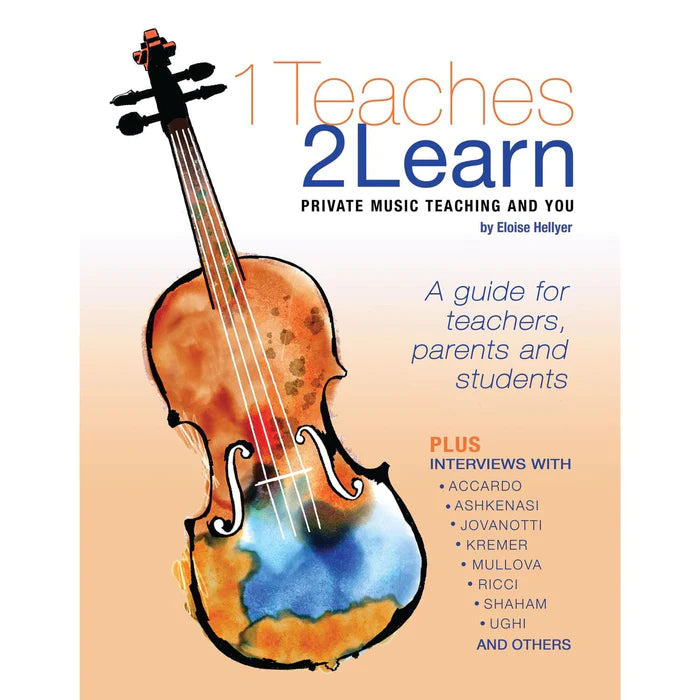Are you an intermediate or advanced violinist building your essential repertoire? Surely your teacher has some thoughts on where to go next with your playing (and you should listen!), but maybe you have a fire inside to go above and beyond that in your spare time. So, then: what violin music might be essential to learn?
With about four centuries worth of violin music to choose from — in a litany of genres, and from all around the world! — it would be shortsighted for us to pick a handful of violin-centric pieces and call them "the best violin pieces", or even "the best violin pieces to learn". However, based on our knowledge as a company led by violinists and as a trusted seller of sheet music, we do feel confident that these are some of the most valuable pieces to learn to challenge yourself, broaden your understanding of the classical/European/American canon, and develop as a player.
Please note that these selections are available in several different editions, a great many of which are available on our website! If you have any questions about which edition is right for you, please reach out to our Customer Care team!
Antonio Vivaldi, The Four Seasons
Purchase sheet music here
As the old saying goes, "sometimes cliches are cliches for a reason", and that is certainly the case with this perennial set of beloved concerti. Famously tackled on record by everyone from Iona Brown to Nigel Kennedy, it is widely agreed that this is some of the finest, most beautiful violin music ever composed, and an integral part of a violinist’s repertoire.
Johannes Brahms, Sonata No. 3
Purchase sheet music here
This beloved bit of melancholy from the great German Romantic composer takes a good deal of effort from both the violinist and pianist, especially in its fourth movement. There’s no challenge for the listener, however; this lovely and accessible piece offers an experience which one might call cinematic, evoking an almost Spielbergian sense of adventure. Starting with a tradeoff of bittersweet melodies, Sonata No. 3 pulls its audience along on an action-packed, crowd-pleasing journey all the way to its rousing coda.
Niccolò Paganini, Cantabile
Purchase sheet music here
Paganini surely requires no introduction among string musicians, and the legendary Italian violinist was also a prolific composer. The majority of Paganini’s works were virtuosic showpieces intended to be performed by the violinist himself, but Cantabile - which, literally translated, means ‘singable’ or ‘songlike’ - is less flashy by design, and is instead a charmingly spare showcase for Paganini’s sense of melody. There are a few more technically challenging flourishes here and there, but the bigger challenge is to deliver its sweet melody with the proper sensitivity and emotion.
Heinrich Wilhelm Ernst, The Last Rose of Summer
Purchase sheet music here
Speaking of Paganini: Moravian violinist Heinrich Wilhelm Ernst was a technical wizard whose compositions are considered a great contribution to polyphonic playing, but he was also perhaps a little too obsessed with Paganini. In fact, Ernst basically stalked Paganini, following him on tour, finding ways to rent rooms next to him and listen in on his practices to learn his techniques, and scheduling concerts in the same cities to compete with him. Early on, Paganini encouraged Ernst, believing him destined for great things, but later became wary of his shady, competitive behavior.
Ernst’s actions may have seemed creepy then, and they definitely do now. He truly was an incredible player, though — another violin legend, Joseph Joachim, one said that Ernst was “the greatest violinist I have ever heard; he towered above all others” — and his compositions and adaptations are fine showpieces for advanced and professional violinists. This, the last of Ernst’s Six Polyphonic Études, is full of the kind of technical fireworks that all but assure a standing ovation.
Ludwig Van Beethoven, Sonata No. 9 (The Kreutzer Sonata)
Purchase sheet music here
Even for a composer as notoriously tempestuous as Beethoven, Sonata No. 9 is a real emotional rollercoaster, and the piece's history is just as erratic. Originally dedicated to violinist and composer George Bridgetower, Beethoven revoked the dedication after a petty falling out with Bridgetower and granted the honor instead to renowned violinist Rodolphe Kreutzer. Kreutzer, neither a friend nor fan of Beethoven’s, refused to ever perform the piece, calling it "outrageously unintelligible".
Pretty harsh words, but perhaps Kreutzer was just intimidated by the technical workout at hand! Beyond the fleet fingers required, the Kreutzer Sonata’s three movements move wildly between manic ecstasy and abject sorrow, among many other emotional colors, making for an even greater challenge.
Jean Sibelius, Violin Concerto
Purchase sheet music here
The music of Jean Sibelius, like the man himself, was far more emotionally complex than it ever got credit for (though this 2007 piece on Sibelius by New Yorker contributor and music scholar Alex Ross does some work to correct the record). Still, the Finnish composer’s sole violin concerto is noted less for its nuance and more for its bombast and rigorous technical demands. Treating the solo violin and all sections of the orchestra as equal voices, this concerto is a taxing work; so much so, in fact, that its 1904 premiere in Helsinki was marred by its featured soloist, the Czech pedagogue Victor Nováček, not being up to the task of playing it! That said, anything is possible with practice, and this piece is a guaranteed showstopper when you pull it off.
Camille Saint-Saёns, Introduction and Rondo Capriccioso
Purchase sheet music here
Originally written as the finale to his first violin concerto, the Introduction and Rondo Capriccioso proved so popular that Saint-Saёns ultimately published it separately. Dedicated to the violinist and composer Pablo de Sarasate, this piece is a concise but powerful workout for its soloist, top loaded with demanding arpeggios.
Pablo de Sarasate, Habanera
Purchase sheet music here
Besides being the recipient of the dedication above, Sarasate composed some fine showpieces himself. This piece — one of the eight legendary Spanish Dances he composed between 1877 and 1882 — is another fine addition to one’s repertoire. Dedicated to another vaunted virtuoso of the day, Joseph Joachim, it is a lovely adaptation of European folk dance amended with rapid, virtuosic runs which are sure to challenge many players.
Philip Glass, Violin Concerto (1987)
Purchase sheet music here
As you develop as a player, it’s important to explore modern (and postmodern!) approaches to playing violin, and famed New York composer Philip Glass has been a leader in that field for over four decades. Perhaps the most celebrated of the American east coast Minimalists, Glass would also regularly stretch the strictures of the Minimalist movement with pieces like this one. The rapid repeating arpeggios are a Glass trademark; maintaining speed, focus, and your place in the composition is an excellent test of patience and concentration, and one that will serve to deepen your appreciation of late 20th century approaches to composition and performing.

